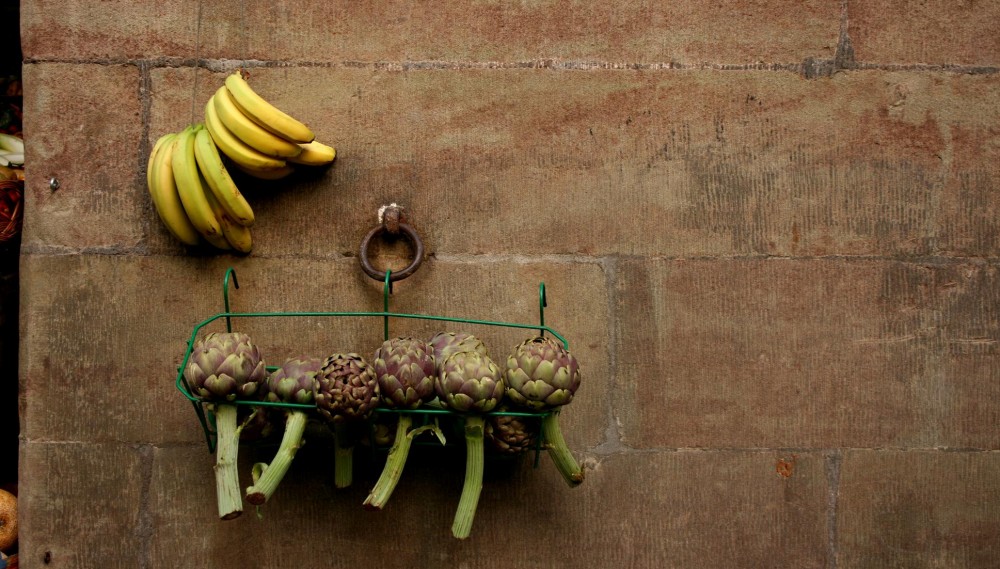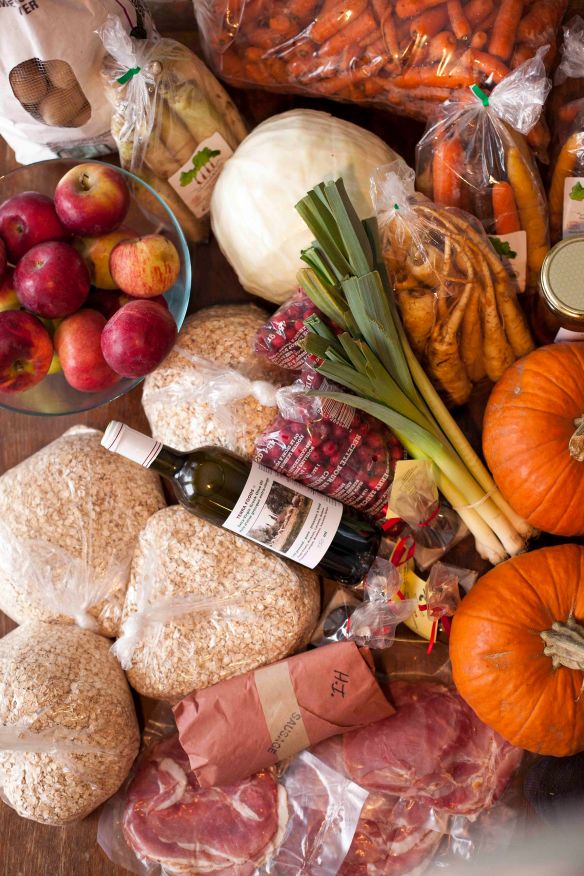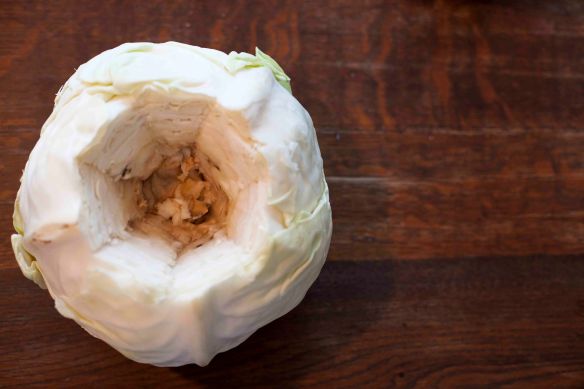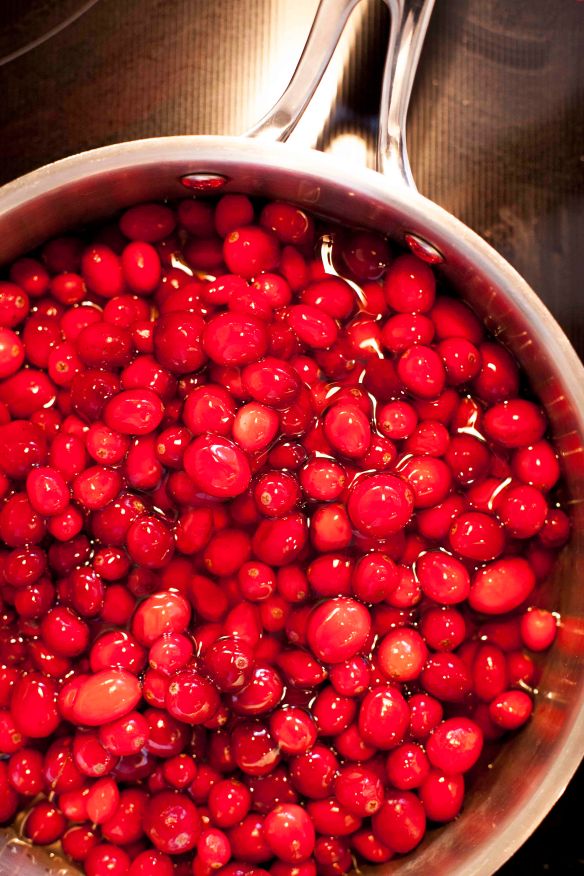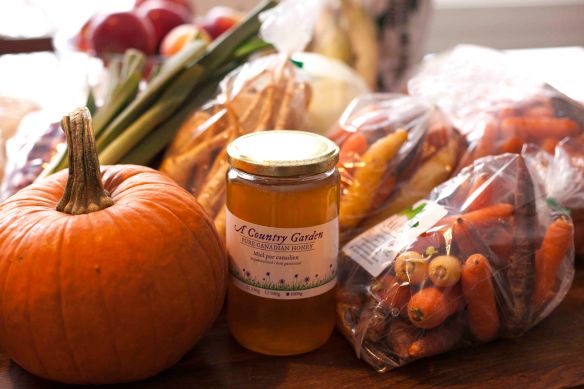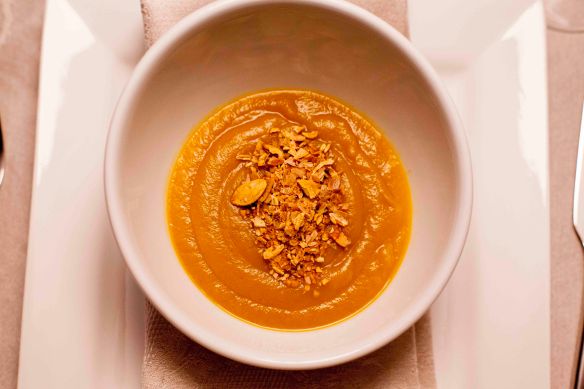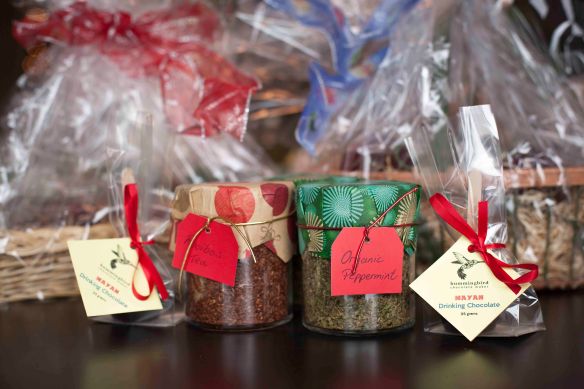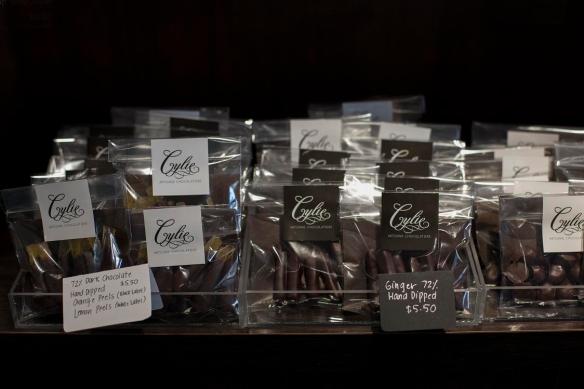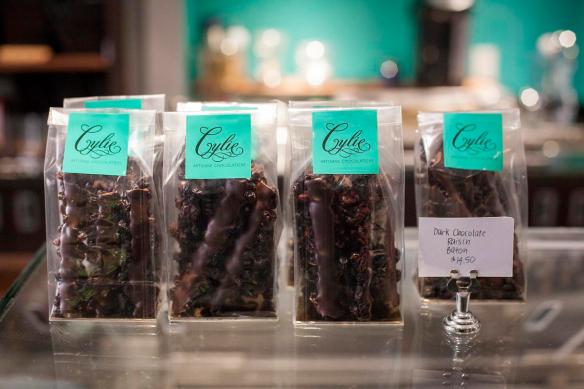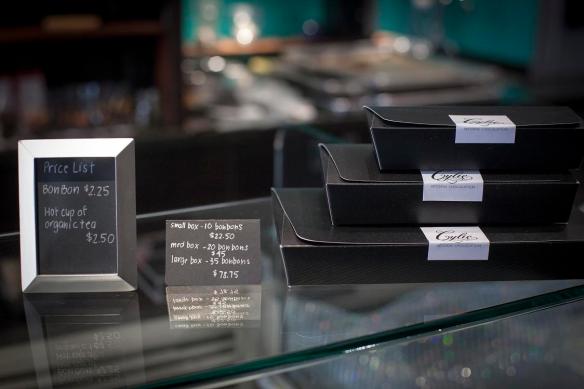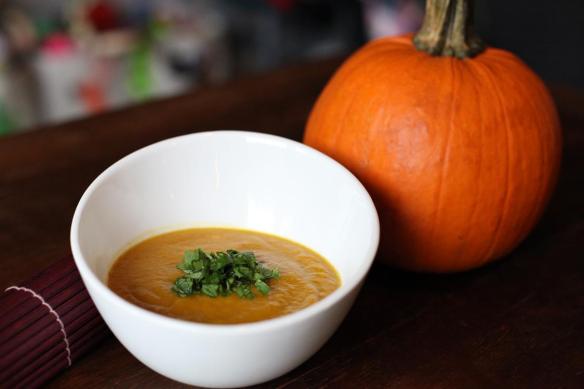With the New Year approaching and a list of resolutions written down, I find myself doing what I like to do best at this time of year, binge eat. As I sat contemplating what I would write today, I inhaled a bag of Nibs with the lingering thought in the back of my mind that in the New Year I would give up this ugly habit. Nibs taste good (I can’t believe I just admitted that)! How can’t they? Nibs are loaded with corn syrup, sugar and wheat. Yet these ingredients make me sick. Awfully sick! And then hours later I suffer a sugar crash and regret every tiny Nib that I placed in my mouth.
I am like many millions of people who crave sugar and junk food. For the most part, our family has greatly reduced its presence in our house and our children hardly consume junk food. So what do I resolve to change in 2014?
1. Keep it simple
Food doesn’t have to be complicated. It really doesn’t. Good, healthy and nutritious food is simple to create and does not have to cost a fortune or require hours of preparation (although I do advocate for spending more time preparing healthy meals). A diet filled with whole foods such as vegetables, fruits and protein can promote a healthy lifestyle.
Several weeks ago I had the stomach flu. I was sick as a dog. Afterwards, I approached food with much reluctance, less so by choice (I just couldn’t stomach the idea of eating). So I resorted to eating only green smoothies, vegetables and eventually meat. I started to feel better, then great, then absolutely amazing. Getting the stomach flu was a blessing in disguise. I had eliminated sugar, dairy, coffee and tea from my diet and I felt awesome. However, once that I felt better, I slowly reverted back to my normal diet of a daily cup of coffee and tea, chocolate during a Friday night movie, and popcorn drizzled with butter.
The lesson learned is that the simpler I eat, the healthier I feel. But where do I start?
For one, I can cut out refined sugars. Over the past several months I have gradually replaced white sugar with honey and maple syrup. Instead of white sugar in my morning coffee or tea, I’ve used honey. I also started baking with honey and maple syrup instead of white sugar.
I am also committed to cutting out high fructose corn syrup, which is ubiquitous in many processed foods. If I cut out HFCS, I essentially cut out most junk foods. One thing I learned about eating clean the few weeks after contracting the stomach flu is that an absence of sugar gives me more energy, allows me to think clearer and makes me happier (no sugar crashes). It also allows me to connect to my food because I know what I’m eating and I know how it’s made.
2. Always, always have questions
The golden rule of food shopping is that I always read the label, and question any text that is placed on a product. What does the label natural, premium, or gourmet really mean? Recently, my husband came home with a carton of eggs from the grocery store with the label “NestlaidTM” (we had run out of our local farm eggs). He asked whether the eggs were laid in a nest, suggesting to him, some kind of natural environment in which the hens live. But the label, Burnbrae Farms NestlaidTM eggs, is a trade mark. I visited the website. Burnbrae Farms has announced the introduction of its new “Burnbrae Farms NestlaidTM eggs”:
When I think of nest laid, I think of a hen making its own nest to lay its eggs, rather than what is depicted in the above images. For me, there is a huge difference between nest laid, and “NestlaidTM”.
Reading labels affords you the opportunity to think critically and to become conscious about the contents of a product and the claims being made. Questioning labels empowers you to read the actual message being conveyed, and to decide whether you want to purchase the product that makes these claims.
If consumers pay more attention to labels and the claims being made about a product, we would not be easily fooled by meaningless claims. We would also connect to our food by taking proactive steps to know where our food comes from, how it is made and of what it is made.
If you’re looking for informative reading materials on these issues, I’ve been inspired by the books Salt Sugar Fat: How the Food Giants Hooked Us by Michael Moss and Alissa Hamilton’s Squeezed What You Don’t Know About Orange Juice.
3. Invest in your health
We all spend money on clothes, nicer cars, expensive cell phone plans, and anti-wrinkle creams. If we can afford these luxury items, why not spend a little more on our health? I have truly come to appreciate that a healthy body comes from a healthy diet. I also believe that a healthy diet doesn’t have to cost a fortune, but sometimes it can cost more. If so, what’s wrong with making the investment?
It’s not also about the financial investment involved in eating well, but equally importantly, the time. Most households have two working professionals which makes preparing fresh, healthy meals a very big challenge. How often have you come home late from work, too exhausted to cook only to order a pizza? Meal plans can help preparing a week of lunches and dinners much easier, and so can a detailed grocery list so that you avoid running to the store five times a week. Cooking large meals that can be frozen is another solution.
Keep it simple. A good meal can be ready in minutes. Instead of ordering pizza, we now make eggs and salad, which between two adults, can be ready in less than 20 minutes.
Eating healthy does require more time in the kitchen. What are you prepared to give up in order to cook your own meals? For us, we decided that instead of enrolling our children in several activities during the week, we would do one to two activities a term, so that we can spend more time doing things that are important to us. One of them is cooking.
Spending time in the kitchen allows you to connect to your food and family. Our children love to cook with us. As young as they are they want to be involved. Consequently, they appreciate good food and are willing to invest in the time to eat healthy. When they are older and on their own, I am confident that they will be more inclined to prepare their own healthy meals. Lead by example!
Each new day brings with it a new beginning. We don’t have to wait for the New Year to make changes in our lives. Take one day at a time! I hope 2014 brings you much laughter and love, and an opportunity to connect to the foods that bring you good health and happiness.
